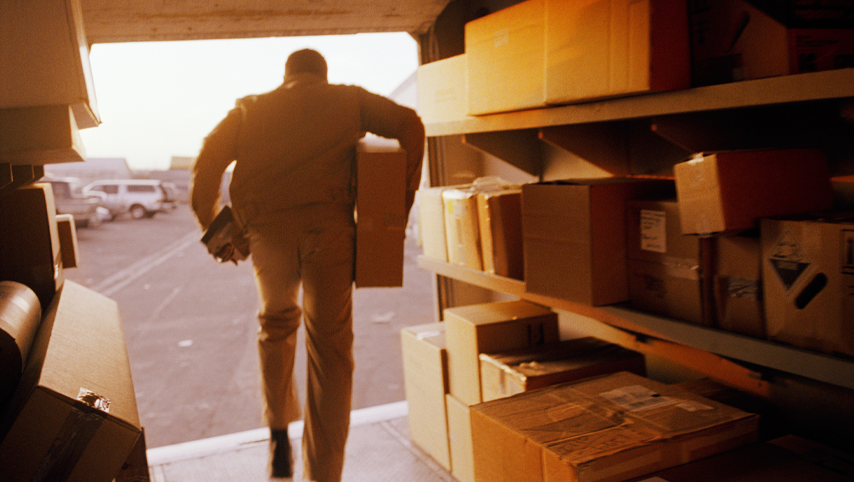Businesses spent a long time figuring out the benefits of maintaining lean, just-in-time inventory. Then the pandemic happened, and organizations suddenly needed to reassess their supply chain strategy.
To grasp how greatly things have changed in just one year, I’d like to cite an article from FleetOwner that was published back in January 2020. The article stated that “fleets will need to remain nimble in the just-in-time economy.” A couple of months later, people were unable to find toilet paper; hospitals couldn’t get PPE and ventilators, and manufacturers were searching for materials needed to produce their goods. As the World Economic Forum noted this past September, “our lean ‘just-in-time’ supply chains were optimized for efficiency, not resiliency.”
This is causing many companies to take a closer look at their supply chain. Valuing price above all other considerations when dealing with suppliers may no longer be the prime mover. Now, companies should look at how agile and adaptive a supplier is; it may be the right time to expand your supplier base; and it may be a truly optimal time for onshore or nearshore suppliers to bid for business that might have ordinarily gone offshore.
But simply abandoning a “just-in-time” mindset might not be realistic. Companies don’t want to go back to the days where shelves are loaded with surplus inventory that is either not used or not needed for a period of time. The World Economic Forum knows the best answer lies in the middle. “Globalized supply chains have many benefits, including lower costs, greater variety and wider access to customers, but, ultimately, building the resilient supply chains of the future means striking a balance between surplus and lean manufacturing.”
Those in charge need to really make risk assessment an issue in their supply chain negotiations and search for suppliers. And suppliers also need to look at risk as they evaluate their own supply chains. This requires not just accuracy in forecasting; it also requires companies to become agile enough to literally turn on a dime when a truly unforeseen disaster occurs. This has made analytics and technology more important than ever. But the last link in that supply chain…shipping/delivery…still operates under the following rule: despite the situation, product needs to get to where it is needed…when it is needed.
Late deliveries are no more acceptable now than they were before COVID.
In one way, the pandemic has made it even tougher when it comes to freight delivery. As consumers were sheltering in place, Amazon vans became ubiquitous. Consumers became even more demanding when it came to delivery time. “Just-n-time” inventory reassessment didn’t translate into “just-in-time” delivery expectations. That holds true for B2B as much as it does for B2C. With many employees working remotely, business continuity was totally reliant on delivery times being met.
Companies understand the disruption caused by snowstorms, accidents, floods, etc. that can impede delivery. Successful companies have their disaster recovery plans in place. But a Black Swan event like the pandemic revealed how vulnerable we all are. For shippers, the pandemic has meant that logistics and telematics play an ever-greater role in ensuring on-time delivery. Using this technology, fleets can know exactly where all their vehicles are at any time as well as the status of those vehicles. And that can be a great help when communicating with warehouses and customers. Analytics also plays a key role, enabling fleet operators to know, ahead of time, which vehicles (and drivers) will perform the delivery most efficiently, both in cost and time.
Businesses need to re-evaluate every step in their supply chain, including their transportation capability. As I said above, your organization may want to take a closer look at its just-in-time inventory calculations; but you need to make those deliveries as close to just-in-time as you did before the pandemic hit.
See how we can help optimize the delivery capability of your business with our Logistics Consulting and Dedicated Logistics.




